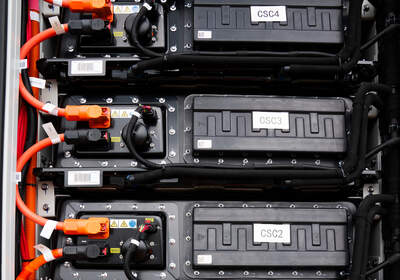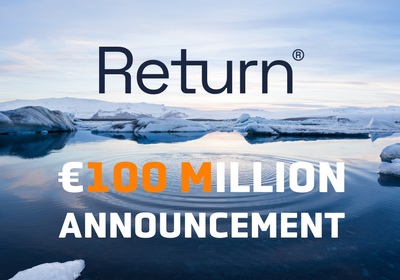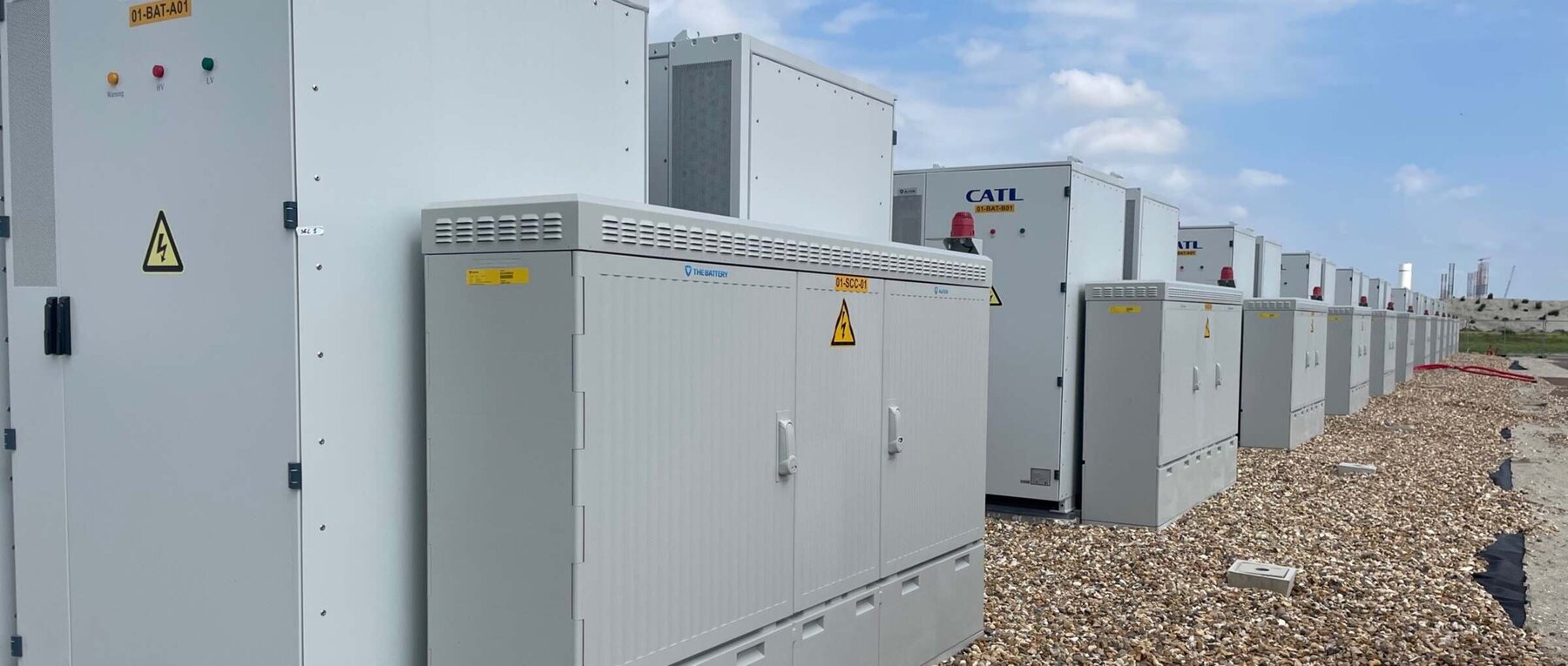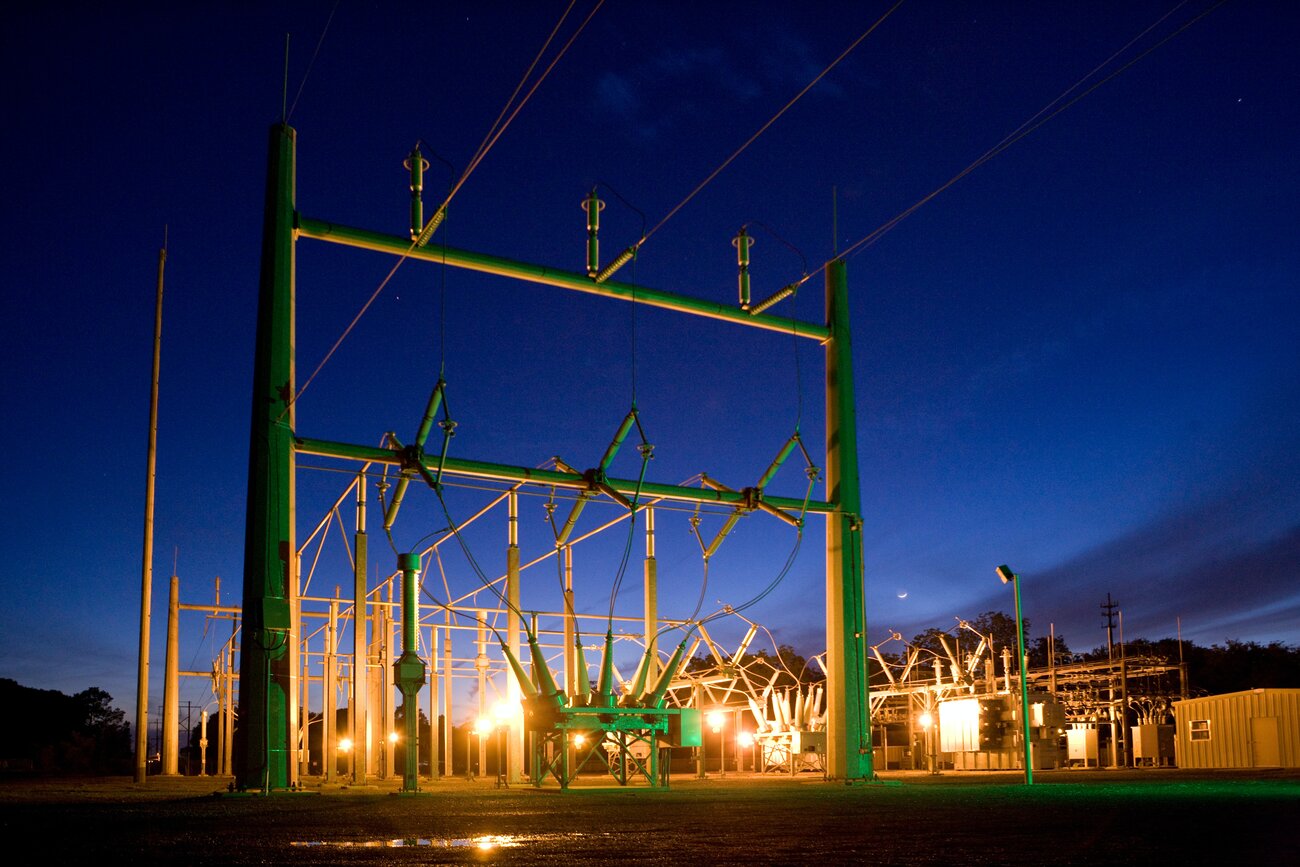
The role of batteries in the energy transition
The Netherlands is becoming ever greener. Fortunately so, since climate change is the order of the day. In recent years, a great deal has been invested in sustainable energy generation such as solar roofs, solar farms on land and even solar farms on water. There’s also been a great deal of investment in wind farms, especially offshore.
These investments have resulted in the Netherlands having almost quadrupled its energy generation from solar and wind over the past five years (2018 – 2022). This generation amounted to around 13.3 TWh in 2018 and around 34.4 TWh of solar and wind energy in 2022. And we’re far from the finishing line yet. Offshore wind power needs to more than double to 21 GW in 2030, and the government has meanwhile abandoned the 35 TWh subsidy ceiling in the SDE++. Furthermore, as in 2022 the government is proposing to make more subsidy budget available again for 2023. The subsidy pot for 2023 is € 8 billion.
Congestion
Unfortunately, not everything can be celebrated. The growth of all this local sustainable energy generation is also creating its challenges. Like the growth in data centre numbers in the Netherlands, and the electrification of industry. Both demand for electricity and local supply are rising so fast that the grid operators cannot keep up. The Netherlands is meanwhile experiencing many local problems with the electricity grid, both in terms of feed-in and of consumption of electricity. This amounts to congestion, queueing in the electricity grid. To solve these problems the national grid operator TenneT, along with regional grid operators such as Stedin, Enexis and Liander, is investing billions of euros over the next few years.
Weather
The rapid growth of renewable generation means that both Dutch energy supply, and electricity spot prices, are increasingly dependent on the weather. When it is very windy, a great deal of wind energy will be generated, gas power stations can shut down and electricity prices will be low, and increasingly even negative. On a lovely sunny day lots of solar energy will be generated, gas power stations can again shut down and prices will be low, and increasingly even negative. Unfortunately it’s increasingly common for the local grid to be unable to handle all that solar power, and become overloaded. Inverters cut out as a result, and a good deal of solar energy is lost.
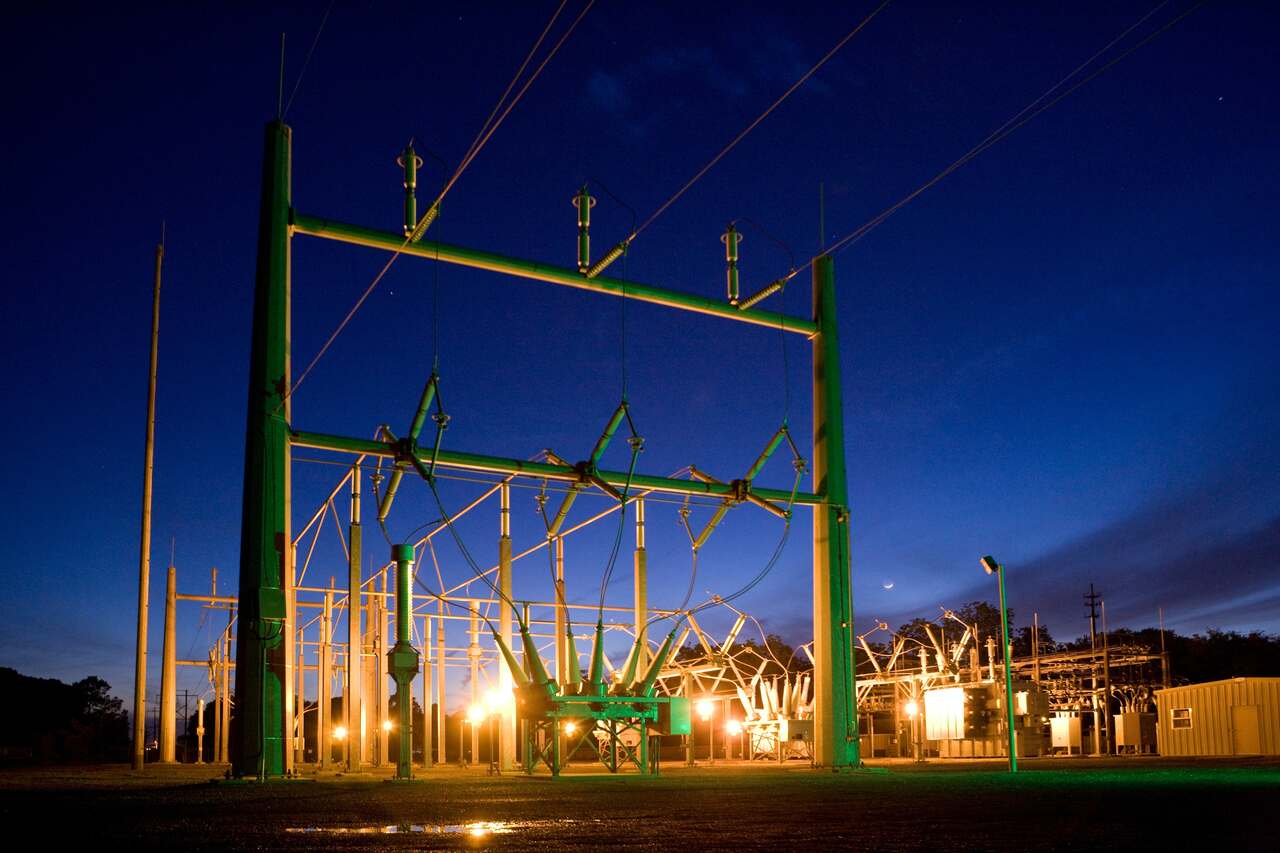
Batteries
Batteries play an important part in the energy transition. On the one hand, batteries can prevent local congestion problems or even resolve them. Batteries can be used locally to prevent sustainable energy generation from being lost. On the other hand, batteries can help balance the national grid because they can charge and discharge very rapidly. By doing so, batteries preclude the need to use the gas power stations which always took on this role previously.
Batteries have the wind in their sails currently, and the outlook for the operating model looks sunny. Thanks to the rapid growth in electricity supply and demand, price volatility on the spot markets - such as day ahead, intraday and imbalance - has continued to rise. It’s this very price volatility that’s causing the batteries revenue model to improve continuously over the past few years. Within a single day there are more and more times when charging can be done at very low cost, and discharging can attract high prices. It’s also increasingly often the case that batteries can be charged and be paid for this. That’s the case whenever prices are negative.
SemperPower. Game changer in energy storage.
Of course it isn’t as straightforward as we are making out here. In practice there’s a great deal involved in properly operating a battery, deploying it as and when the grid requires, and when prices for doing so are attractive.
That’s why it’s good to have partners like SemperPower. SemperPower offers turnkey solutions to parties unable or unwilling to develop, finance and/or operate battery projects themselves. SemperPower’s approach ensures that the business case for a battery is attractive for all involved. SemperPower does this by providing access to the most cost-effective battery on the market, with a balance being struck each time between technology and affordability.

